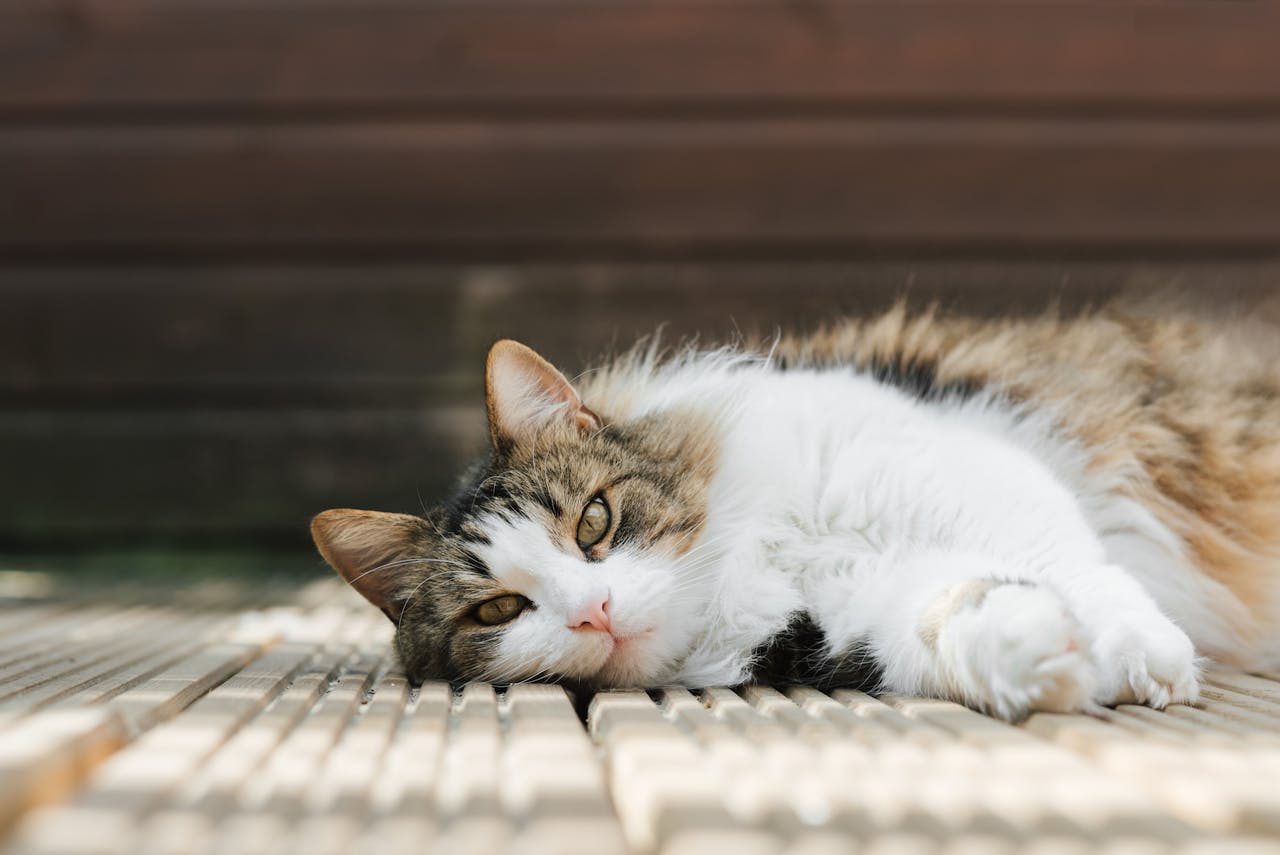Feline hyperthyroidism is a common condition in older cats, yet it can often go unnoticed until it starts affecting their overall health. At Alta Vista Animal Hospital, we focus on helping pet owners recognize the signs early so that treatment can begin promptly, improving both quality of life and longevity.
What Is Feline Hyperthyroidism?
Hyperthyroidism occurs when a cat’s thyroid glands produce too much thyroid hormone. These hormones regulate metabolism, so an excess can cause a wide range of health issues, including heart strain, digestive problems, and weight loss. While it’s most common in cats over 10 years old, younger cats can sometimes be affected as well.
Signs and Symptoms to Watch For
Feline hyperthyroidism can appear gradually, making it easy to miss early warning signs. Key symptoms include:
- Weight Loss with a Healthy Appetite: One of the most common signs is losing weight despite eating normally—or even more than usual.
- Increased Activity or Restlessness: Cats may pace, appear hyperactive, or have trouble settling down.
- Changes in Coat and Grooming: Overgrooming, patchy fur, or a greasy coat can indicate health problems.
- Increased Thirst and Urination: Hyperthyroidism can affect kidney function, leading to more drinking and urination.
- Digestive Upset: Vomiting or diarrhea can occur, especially in advanced cases.
- Heart-Related Changes: A rapid heartbeat, irregular rhythm, or heart murmurs may be detected during a veterinary exam.
If you notice one or more of these signs, it’s important to book a veterinary visit as soon as possible. Early detection helps prevent complications, especially for the heart and kidneys.
How Is It Diagnosed?
Diagnosis typically involves a combination of a physical exam and blood tests to measure thyroid hormone levels. Additional tests may include kidney and liver function assessments and, in some cases, imaging to evaluate the thyroid gland. These steps ensure your cat receives an accurate diagnosis and a treatment plan tailored to their specific needs.
Treatment Options
Several effective treatments exist, and the choice depends on your cat’s overall health, age, and lifestyle:
- Medication: Methimazole is the most commonly used medication, available as a pill or a transdermal gel applied to the skin. It helps regulate thyroid hormone levels and manage symptoms.
- Prescription Diet: Specialized diets low in iodine can help control hormone production and are sometimes used alongside medication.
- Surgery (Thyroidectomy): Removing the affected thyroid gland can provide a permanent solution. This option requires careful consideration, especially for older cats.
- Radioactive Iodine Therapy: A highly effective treatment that targets only the overactive thyroid tissue, often considered the gold standard for long-term results.
Monitoring and Ongoing Care
Cats with hyperthyroidism require regular follow-up visits. Blood tests ensure hormone levels remain stable and allow your veterinarian to adjust treatment if needed. Monitoring kidney function and overall health is also crucial, particularly for senior cats.
Supporting Your Cat at Home
Small changes can make a big difference in your cat’s comfort and wellbeing:
- Provide a consistent feeding schedule and easy access to fresh water.
- Maintain a calm environment to reduce stress.
- Track changes in weight, appetite, activity, or bathroom habits and share them with your veterinarian.
Final Thoughts
Feline hyperthyroidism can be managed successfully with timely diagnosis and a personalized treatment plan. At Alta Vista Animal Hospital, we are committed to helping cats live healthy, happy lives with compassionate care and expert guidance.
If you notice any concerning signs or want to check your cat’s thyroid health, call Alta Vista Animal Hospital at 604-221-5858 to schedule an appointment. Early action is key to keeping your feline companion thriving.

